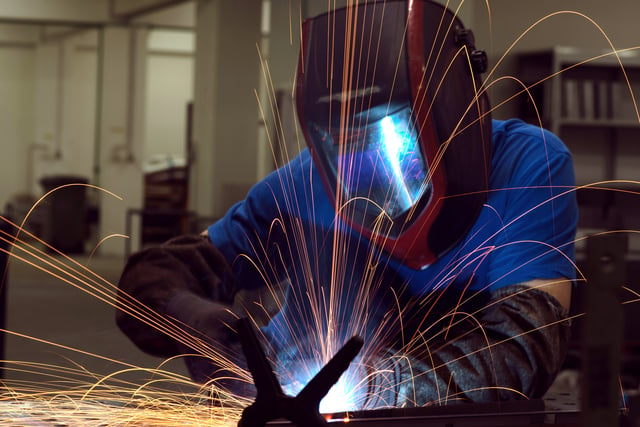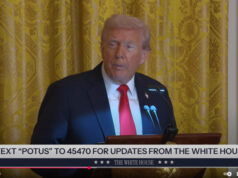
Purchasing a welding helmet shouldn’t be challenging. As long as it protects the individual during this process, the helmet should be good, right? Sadly, no. Many factors should be considered when making this choice. The following guide provides information on these factors and why they are essential.
Needs
The first thing a person should consider when comparing welding helmets is their specific needs. The buyer must be aware of the type of welding they regularly conduct and its frequency. These factors influence the durability and quality needed in the new helmet. The welding conditions and environment must be known when making this choice. The individual must also understand the risks that come with their specific welding task. However, the most important thing a person should consider when making this choice is the safety standards. They must ensure their eyes and face remain protected as they weld.
Welding Helmet Options
Several welding helmet options are available today, and understanding their features and advantages is crucial for making the right choice. Passive welding helmets are the most basic option offered, and new welders often choose this option because they are budget-friendly and easy to use. Auto-darkening helmets are the choice of many because the shade level automatically adjusts based on the light intensity detected. When a person is not welding, the lens remains clear, so they have maximum visibility.
Many individuals today are investing in solar-powered or battery-powered helmets. Solar-powered helmets come with the auto-darkening lens, as do battery-powered options. However, the welder must ensure they always have batteries on hand if they choose this type of helmet, so their work is never interrupted. Specific new options feature a grind mode, allowing individuals to weld and grind without needing to change helmets.
Weight and Comfort
Welding tasks can take a considerable amount of time to complete. The individual must ensure the helmet is not too heavy and will be comfortable for these extended tasks. It’s best to try several helmets to find one that is both comfortable and lightweight. Nobody wants to wear a heavy helmet that lacks adequate ventilation, as it causes excessive sweating and discomfort.
Visibility
A clear line of vision is essential when welding. When comparing helmets, check the lens clarity rating to ensure a high quality of vision. The size of the viewing area is vital, as is the number of arc sensors. Check the lens shade number; a higher number indicates a darker lens. Certain welding types, such as stick welding, require a higher shade number. Also, consider the optical class, as image distortion can cause mistakes during welding. If possible, purchase a Class 1 welding helmet for minimal distortion and superior image clarity.
Power Source
Always consider the power source when purchasing a welding helmet. Many welders prefer battery-powered helmets, but they must ensure they have spare batteries on hand. Solar-powered helmets are an excellent choice when working in an area with plenty of sun. However, the helmet may not receive enough power during extended rainy periods or when the sun remains behind the clouds for days. Today, many people are choosing hybrid helmets to benefit from both options.
Additional Features
Consider extra features when purchasing a helmet. Some may want a cheater lens and a magnifying lens for improved visibility, and respiratory protection may be integrated into some helmets, so don’t overlook this option. A helmet with graphics or a distinctive design can also help it stand out from those belonging to other welders. Furthermore, a personalized design makes the welding experience more enjoyable.
Set a budget for this purchase, and compare the options accordingly. Once you’ve found a few potential helmets, read various reviews to learn the positives and negatives of each unit. Men and women who do so find purchasing the right welding helmet the first time becomes a much easier task.
Disclaimer
The information contained in South Florida Reporter is for general information purposes only.
The South Florida Reporter assumes no responsibility for errors or omissions in the contents of the Service.
In no event shall the South Florida Reporter be liable for any special, direct, indirect, consequential, or incidental damages or any damages whatsoever, whether in an action of contract, negligence or other tort, arising out of or in connection with the use of the Service or the contents of the Service. The Company reserves the right to make additions, deletions, or modifications to the contents of the Service at any time without prior notice.
The Company does not warrant that the Service is free of viruses or other harmful components












